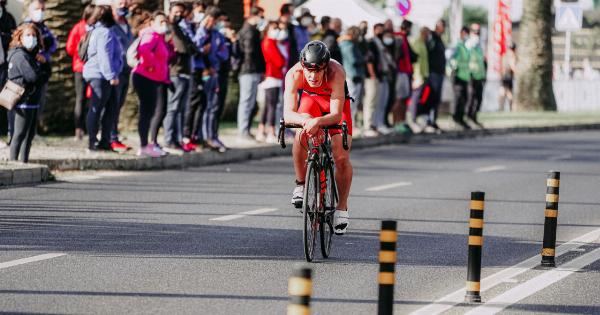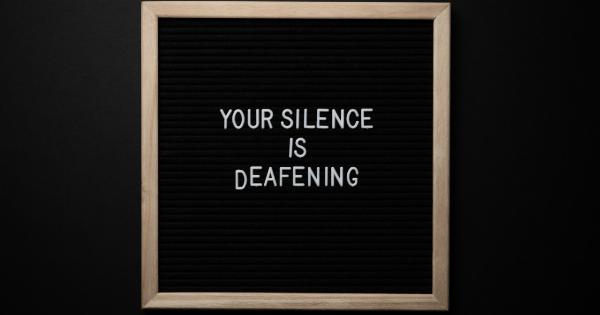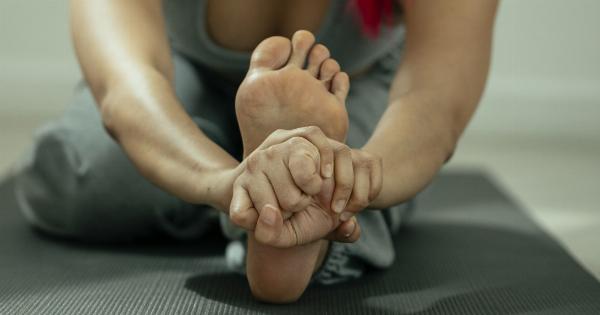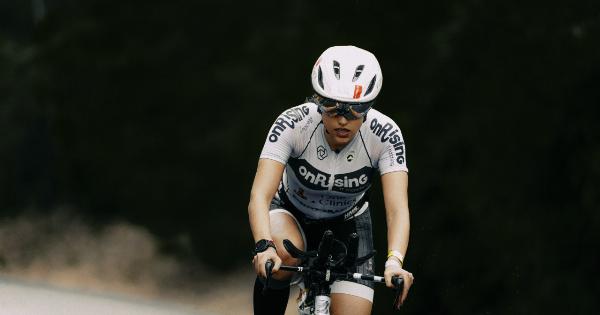Summer is the time of year when many people enjoy outdoor activities, including exercise. However, working out in hot weather can be dangerous if you don’t take proper precautions.
In this article, we’ll discuss some things you need to know to safely exercise during hot weather.
Stay Hydrated
One of the most important things you need to do when working out in hot weather is to stay hydrated. When you exercise, you lose fluids through sweat, and if you don’t replace those fluids, you can become dehydrated.
Dehydration can lead to cramping, fatigue, and other health problems.
Drink plenty of water before, during, and after your workout to stay hydrated.
If you’re going to be exercising for more than an hour, consider drinking a sports drink that contains electrolytes, which can help replace the sodium and other minerals lost through sweat.
Wear Appropriate Clothing
The clothing you wear when you exercise in hot weather can make a big difference in how comfortable you feel. Choose lightweight, loose-fitting clothing that allows your skin to breathe and sweat to evaporate.
Avoid dark colors, which can absorb heat and make you feel even hotter.
Wear a hat or visor to keep the sun off your face, and consider wearing sunglasses to protect your eyes from the sun’s harmful rays.
Don’t forget to wear sunscreen to protect your skin from sunburn, which can be more severe when you’re exercising outside.
Know Your Limits
Exercising in hot weather can be more challenging than exercising in cooler weather, so it’s important to know your limits. Be realistic about what you can do and how much you can handle.
Don’t push yourself too hard, especially if you’re not used to working out in hot weather.
If you start to feel dizzy, nauseous, or unusually tired, stop exercising and rest. Find a shady spot to sit, and drink some water or a sports drink. If you continue to feel unwell, seek medical attention.
Choose the Right Time of Day
The time of day you choose to exercise can make a big difference in how comfortable you feel. Avoid exercising during the hottest part of the day, which is usually between 11 a.m. and 3 p.m.
Instead, try to exercise in the early morning or late afternoon, when the temperatures are cooler.
If you can’t avoid exercising during the hottest part of the day, try to find a shady spot to exercise or do your workout indoors in an air-conditioned space.
Take Breaks as Needed
When you’re exercising in hot weather, it’s important to listen to your body and take breaks as needed. If you start to feel tired or overheated, take a break and rest for a few minutes.
Drink some water or a sports drink, and wait until you feel better before starting your workout again.
If you’re feeling especially tired or unwell, consider taking a day off from exercise. It’s better to skip a workout than to risk your health by pushing yourself too hard.
Gradually Acclimate to the Heat
If you’re not used to exercising in hot weather, it’s important to gradually acclimate to the heat. Start by exercising for shorter periods of time and at a lower intensity.
As your body gets used to the heat, you can gradually increase the length and intensity of your workouts.
Be patient and don’t expect to be able to handle the same level of intensity as you would during cooler weather. It may take some time for your body to adjust to the heat.
Watch for Signs of Heat Exhaustion
Exercising in hot weather can increase your risk of heat exhaustion, which is a serious condition that requires immediate medical attention. Watch for the following signs of heat exhaustion:.
- Dizziness or lightheadedness
- Nausea or vomiting
- Headache
- Rapid heartbeat
- Fainting or feeling faint
If you experience any of these symptoms, stop exercising immediately and seek medical attention. Heat exhaustion can quickly lead to heat stroke, which is a life-threatening condition.
Conclusion
Exercising in hot weather can be challenging, but by taking proper precautions, you can safely enjoy outdoor workouts during the summer months.
Stay hydrated, wear appropriate clothing, know your limits, choose the right time of day, take breaks as needed, gradually acclimate to the heat, and watch for signs of heat exhaustion. By following these tips, you can stay safe and healthy while achieving your fitness goals.































